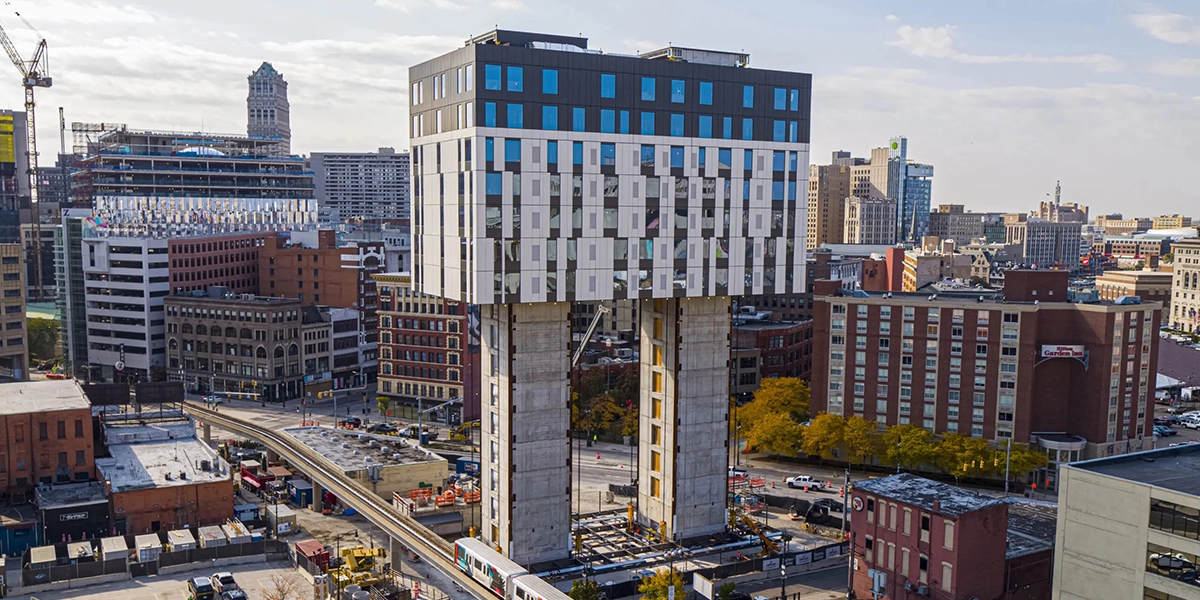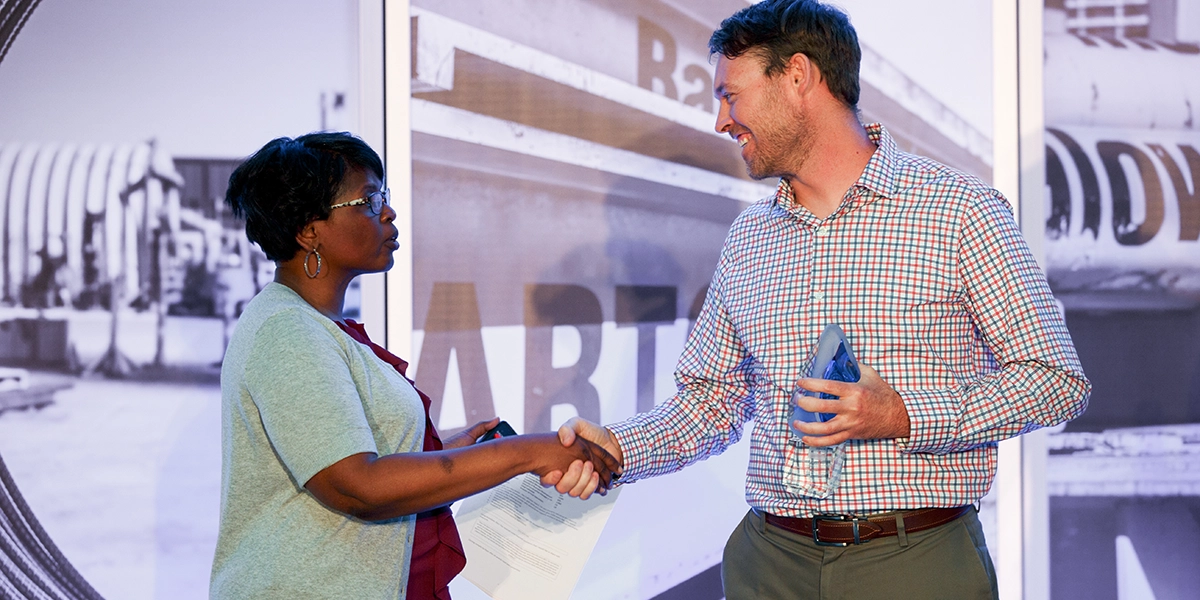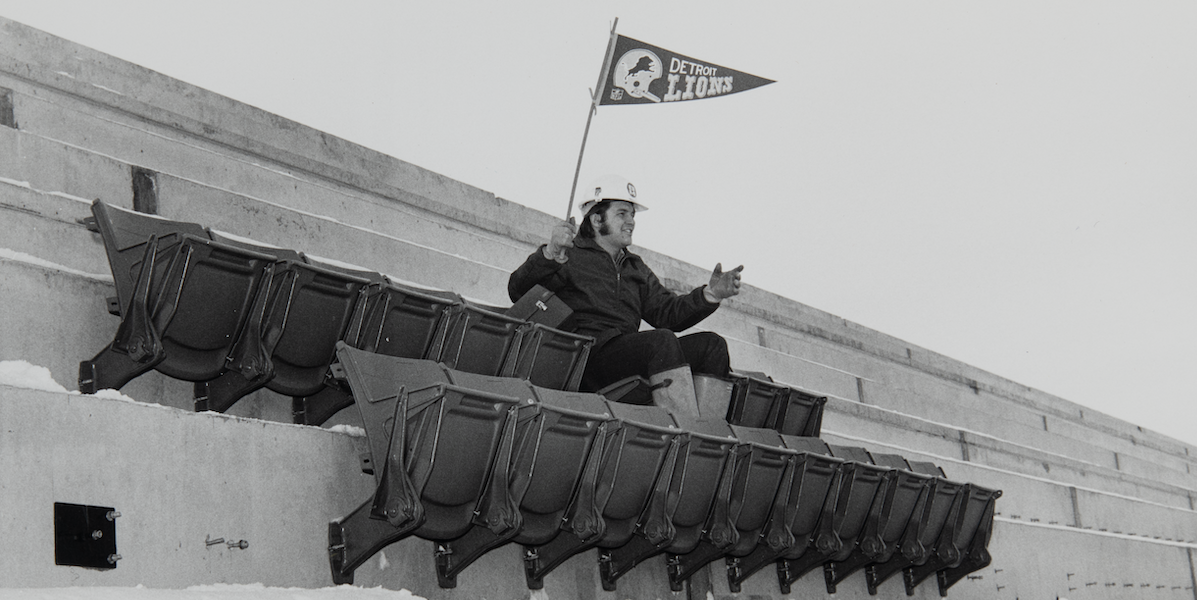100 Years of Transforming the Construction Business
People
Every Barton Malow office across the U.S. is filled with creative, innovative team members whose “Eureka moments” of inspiration can improve safety, increase efficiencies, bring new technology solutions forward, or just make construction jobs easier, faster, and more economical.
For Barton Malow business transformation leaders Daniel Stone and Lindsey Rem, that’s exactly why Barton Malow’s innovation framework exists: to discover ideas that optimize performance through continuous improvements, find adjacent opportunities that may one day become stand-alone businesses, and seek truly visionary ideas that could fundamentally change the construction business.
Barton Malow President and CEO Ryan Maibach launched the Innovation Framework in 2017, built around the concept that Barton Malow team members should spend 70 percent of their ideation on optimizing core activities supporting the business, 20 percent on adjacent business opportunities, and 10 percent devoted to big picture, future-facing innovations.
For Daniel Stone, Director of Business Transformation, the reason the innovation framework and pipeline exists is to “transform how the industry works and help Barton Malow remain relevant.”
A History of Transformative Ideas
When it comes to implementing innovation, the construction business historically has lagged behind other industries. Resistance to change, lack of consensus among construction companies, and the struggle to embrace new technologies has made it hard to adopt new ideas.
But throughout its 100-year history, Barton Malow has distinguished itself with transformative ideas that have changed both the company and the industry. Just a few examples: Barton Malow pioneered the breakthrough delivery method of Construction Management, now used throughout the industry and taught in schools.
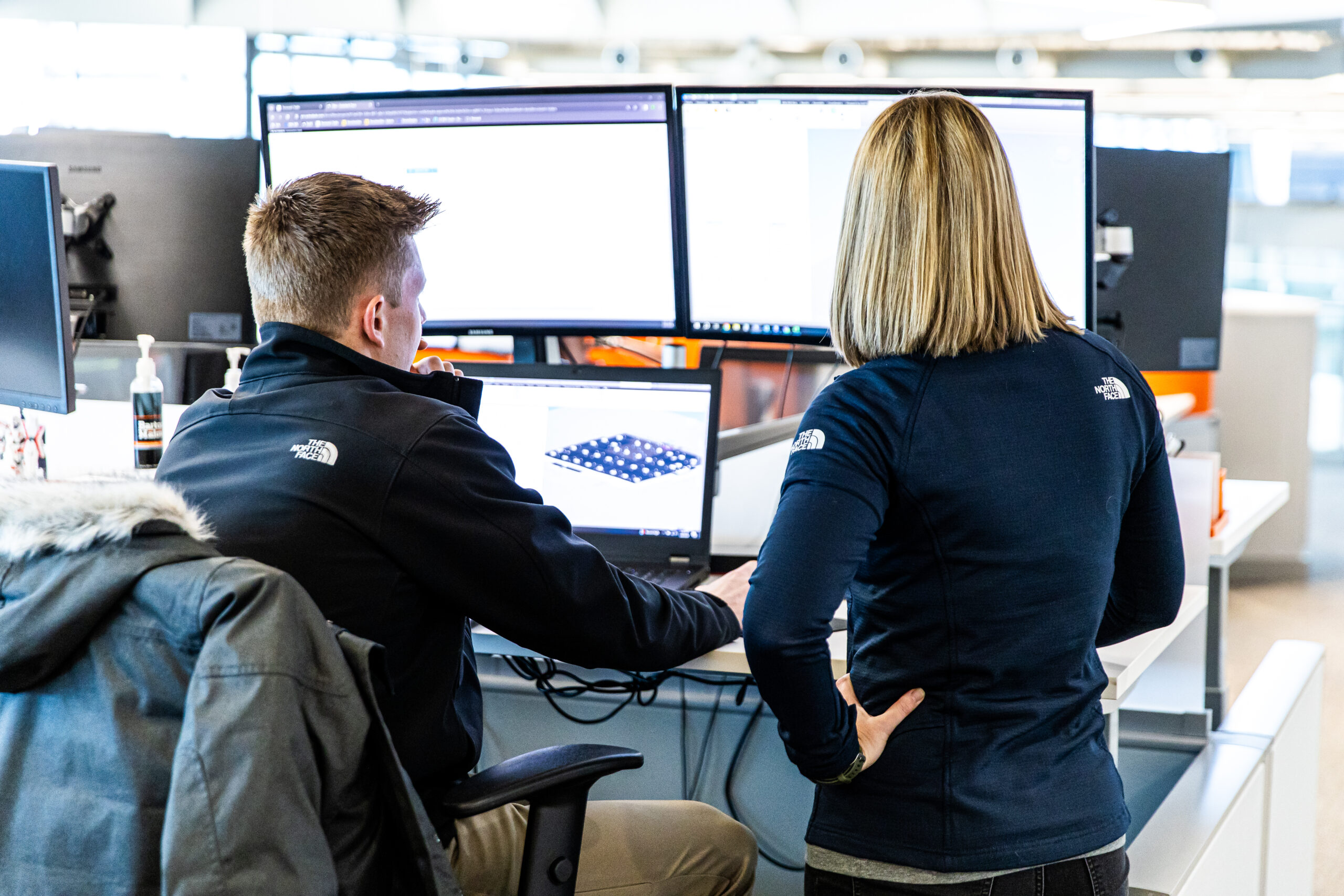
Adopting the self-perform method is another innovation. It allows Barton Malow to complete work with its own workforce and offer better control over safety, quality, cost, and scheduling, and, according to Chief Community Officer Ben Maibach III, “We can deliver and get things done that most of our competitors can’t.”
More recent innovations include the 2006 development and adoption of Building Information Modeling (BIM) and its industry-changing approach to construction utilizing Virtual Design and Construction technology, or VDC, which allows team members to digitally visualize projects before breaking ground.
The Pitch: Barton Malow’s Innovation Pipeline
According to Daniel and Lindsey, the Innovation Pipeline is how Barton Malow collects innovative ideas that eventually get whittled down to ones that get implemented. Those ideas, says Lindsey, then “run through a really robust process of piloting and scaling.”
“We also have an internal Shark Tank called The Pitch, which is one of the places where we gather ideas,” says Daniel. “They come from anywhere and everywhere. We also have teams that look at what’s going on in the industry and in the world.
“People come into The Pitch, and they’ve got this idea they’ve been thinking about, sometimes for years, and they finally get to say it to the leaders of the company. And then hopefully, if all goes right, we get to develop it too.”
All incoming ideas are sorted into three categories of innovation — optimization, adjacencies, and business transformation.
Optimization: Ideas, big and small, that offer continuous improvement in performance
Lindsey describes optimization as “really interrogating our processes and finding every little improvement that can be made to get minutes, hours, and nickels out of our processes.”
One example is reconsidering how the MULE, or Material Unit Lift Enhancer, a robot designed to pick up heavy blocks and hold them weightlessly, can be optimized for use in solar projects where potentially more than a half million solar panels, weighing up to 70 pounds, need to be installed.
“We built a custom suction gripper that picks up the panels, and then the MULE moves them weightlessly,” says Daniel. “And the mobile platform now works and doesn’t require an operator to sit in it. Considerable progress has been made. It’s just an outstanding solution to a way that work shouldn’t be done anymore.”
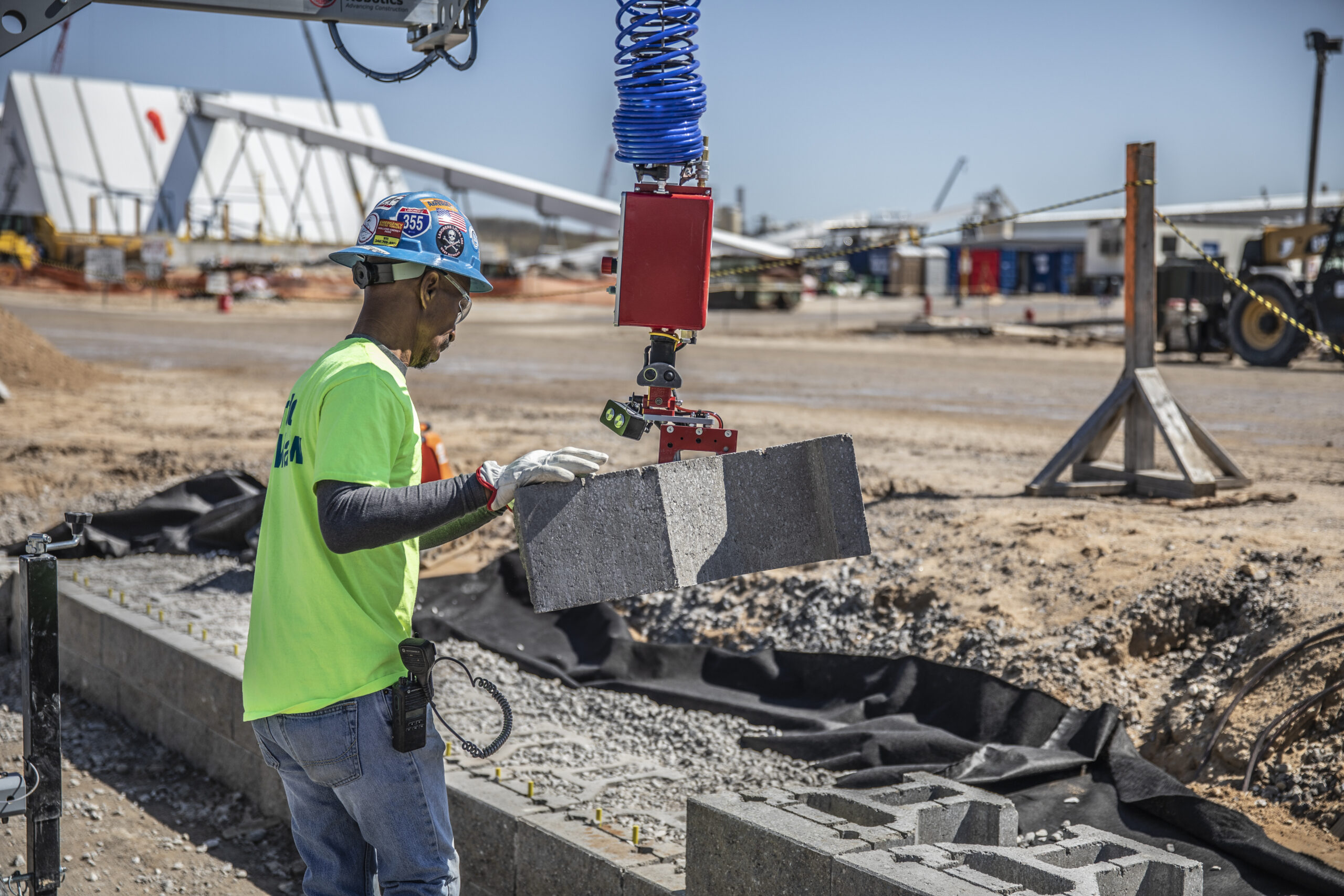
A Barton Malow team member using the MULE on a project
Adjacent Opportunities: Creating businesses that capitalize on optimizing performance
FlyPaper Technologies is an example of how Barton Malow has directly invested in startup enterprises in construction, software, robotics, and other new products. Ventures like FlyPaper are where Barton Malow has nurtured innovative new businesses and products by building partnerships and actively investing.
FlyPaper was conceived by Business Transformation Manager Nick Fredricks when he was working on the Notre Dame Campus Crossroads project. Frustrated by the state of construction software at the time, Nick took matters into his own hands to create software solutions to streamline existing workflows. Since Barton Malow’s initial investment, FlyPaper continued developing its technology until reaching the point where it could support itself as an independent company, officially moving outside of the Barton Malow Family of Companies this year.
Business Transformation: Finding ways to fundamentally change how the construction industry works
Investing in LIFTbuild, a transformative way of constructing buildings literally from the top down, is an example of how Barton Malow seeks and invests in entirely new construction methods.
Finished in 2023, Detroit’s 16-story Exchange Building became the first LIFTbuild construction project of its kind in North America. It also served as a working laboratory for other innovations discovered in building a tower from the top floor down using this game-changing assembly process. That’s true construction industry transformation.
Leading the Future
Being an innovative company attracts a whole new generation of team members interested in dreaming up ideas and trying new things.
“The opportunity to be an entrepreneur while having a stable job is a great way to attract new people that will fit into the innovation culture at Barton Malow,” notes Lindsey.
The need to innovate is pressing. Labor shortages require builders to do more with less. Environmental and sustainability issues are front of mind. And there is always the need to find safer ways to build.
“We just fundamentally want it to be better,” says Lindsey. “We know it can be better.”
